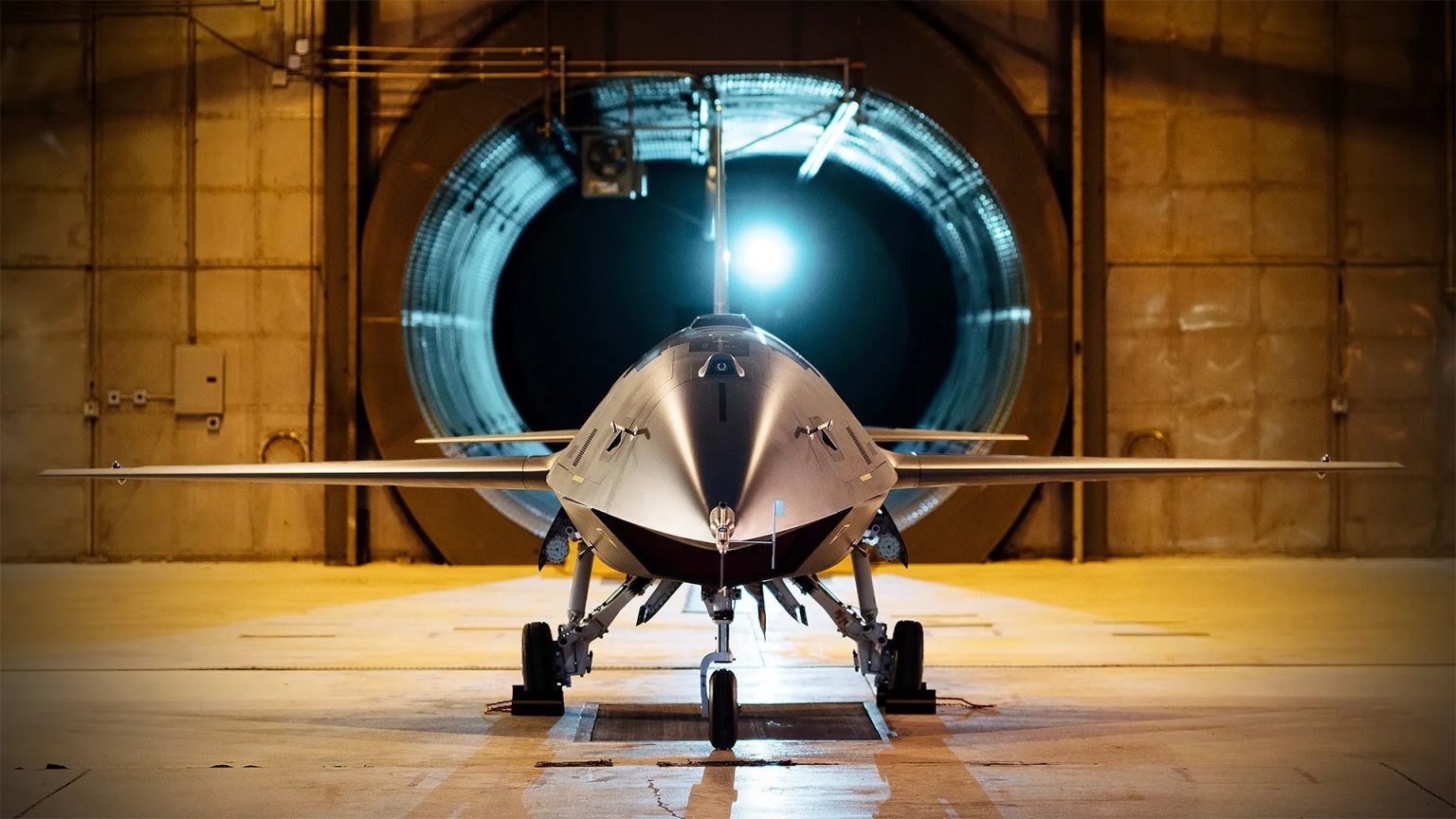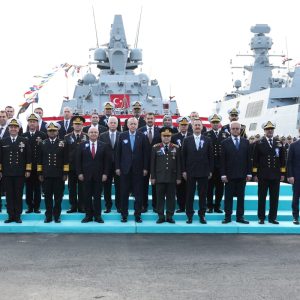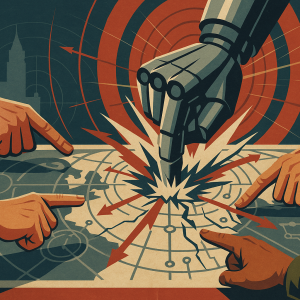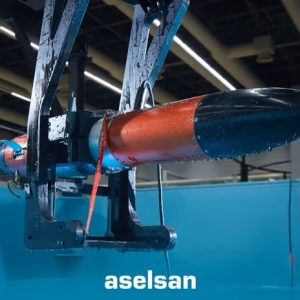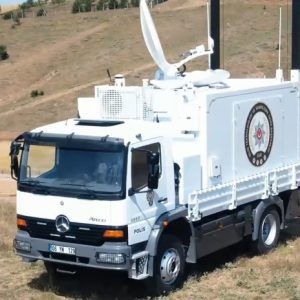Anduril Fury semi-autonomous first flight is poised to set a different tone for the U.S. Air Force’s Collaborative Combat Aircraft (CCA) program. Rather than rushing to a basic hop, Anduril is insisting that the very first air run include push‑button taxi, takeoff, flight and landing executed by onboard autonomy—an aggressive choice meant to compress the path from prototype to operational relevance.

Key Facts
First flight targeted as a semi‑autonomous event—no stick or throttle; button‑initiated taxi, takeoff and landing.
Multiple Fury airframes are in ground test and production to accelerate the flight‑test tempo next year.
Anduril splits “platform autonomy” (taxi/TO/L) from “mission autonomy”; the latter will integrate partners alongside Lattice.
CCA Increment 1 plans call for 100–150 aircraft fielded before decade’s end; General Atomics’ YFQ‑42A has already flown.
Naval vector emerging: the U.S. Navy has commissioned conceptual carrier‑based CCA designs from Anduril and others.
Why an autonomy‑first maiden flight matters
For a CCA to matter in combat, it must behave as a teammate, not a remote‑controlled toy. By committing to a semi‑autonomous first flight, Anduril is burning down the hardest risk first: robust platform‑level autonomy. If the aircraft can push‑button taxi, rotate, fly a pre‑planned profile and recover safely on day one, the test team immediately starts learning about stack latency, failure modes and recovery logic under real dynamics—not just in high‑fidelity simulations.
This choice also aims to front‑load the human‑trust problem. Fighter pilots will not accept a wingman that needs babysitting. Demonstrating reliable platform autonomy early is the fastest way to build the procedural trust required for later mission‑level behaviors, such as sensor‑shooter handoffs and dynamic reroles.
From iron bird to runway: how Anduril is sequencing risk
Anduril’s engineers distinguish “platform autonomy” from “mission autonomy.” The former covers taxi, takeoff and landing (often abbreviated TT&L), basic health management and envelope protection. The latter governs what the aircraft does once airborne—route finding, collaborative sensing, decoys, or stand‑in jamming with human oversight.
On platform autonomy, the company has run software‑in‑the‑loop and hardware‑in‑the‑loop campaigns on an iron bird before powering the jet on the ramp. That bridge is crucial: it lets the TT&L stack learn the real quirks of sensors, actuators, fuel and electrical systems before risking composite airframes.
On mission autonomy, Anduril plans to integrate partners while leveraging its Lattice AI stack. That ecosystem approach is a pragmatic hedge: CCA tactics will evolve quickly, and closed autonomy monoliths age badly. A modular mission layer allows different payloads, behaviors and rules of engagement to be hot‑swapped across increments.
What “semi‑autonomous first flight” actually means
Taxi is pre‑planned to fixed points; a button press initiates the sequence and the aircraft executes with onboard logic, including abort rules. Takeoff is similarly initiated by a command and guarded by speed, pitch and yaw monitors. The initial profile is flown by autonomy using pre‑loaded waypoints and limits; the landing sequence is likewise automated. Humans remain “on the loop” to halt or wave‑off—but they do not pilot via stick and throttle.
This is not unprecedented in unmanned aviation—Global Hawk and Reaper families have long featured automated sequences—but it is rare to demand it from the first flight of a clean‑sheet jet. The payoff is a sharper learning curve and a faster route to repeatable test cards.
Schedule, scale and the CCA industrial sprint
Anduril emphasizes that first flight timing is a means, not the prize. In this lens, the Anduril Fury semi-autonomous first flight becomes a programmatic inflection point rather than a publicity milestone. Multiple airframes are already in ground test with more in build to sustain a weekly cadence once flying. That fleeted approach—many tails, overlapping work cards—compresses learning and buffers attrition without derailing the schedule.
Meanwhile, the Air Force wants Increment 1 CCAs entering service before the decade closes, with 100–150 aircraft in that tranche. Against that clock, an autonomy‑first envelope is rational: clear the hardest technical debt early and concentrate the back half on payloads, weapons integration and tactics development.
How Fury stacks against the field
General Atomics’ YFQ‑42A has already conducted flight tests, giving the field an early benchmark for reliability and test‑team rhythm. Anduril’s counter is to treat the maiden flight as a quality gate for platform autonomy. Different paths, same destination: credible CCAs that can scale.
Carrier decks and export lanes: beyond Increment 1
Outside the Air Force, the U.S. Navy has contracted multiple teams—including Anduril—to design a carrier‑suitable CCA concept. As Anduril evolves lessons from the Anduril Fury semi-autonomous first flight, expect TT&L logic and platform health models to be hardened for deck operations. Anduril says a naval vehicle would not simply be a Fury derivative; rather, it would reuse avionics, software and build methods while meeting very different launch, recovery and corrosion‑control realities.
In Europe, Anduril’s partnership with Rheinmetall opens an export vector for Fury‑class systems and creates options for local manufacturing and sovereign sustainment. If Europe wants affordable mass and faster refresh cycles, software‑defined airframes backed by a regional industrial base are the logical move.
Operational implications: manned–unmanned teaming that earns trust
The distinction matters: Anduril’s CCA is not remotely piloted but will retain human oversight and control authority. That aligns with how combat air patrols actually work: pilots assign tasks, approve engagements and supervise effects, while the uncrewed teammate runs the busywork—routing, emissions control, sensor fusion—without clogging the radio or demanding cognitive babysitting.
Trust will be earned by consistency more than theatrics. The Anduril Fury semi-autonomous first flight is the first audit—an early proof that platform autonomy can shoulder routine tasks while humans steer the fight. Semi‑autonomous reliability in takeoffs and recoveries; predictable envelope protection; and transparent fail‑safes are what persuade squadron commanders to schedule sorties with CCAs on the line next to F‑35s and F‑15EXs.
Internal context and related doctrine
For readers tracking autonomy and swarm C2, do not treat platform autonomy as an isolated trick. It plugs into a broader shift toward adaptive, distributed C2 where swarms, multi‑ship teams and software‑defined behaviors are orchestrated against electronic warfare and latency. Our analysis of adaptive swarms and AMASS offers that doctrinal backdrop [1].
References
- Adaptive swarms C2 and AMASS context — Defence Agenda
- Anduril’s Fury will take off at the touch of a button — The War Zone
- GA‑ASI marks another aviation first with YFQ‑42A flight testing — Press release
- USAF: YFQ‑42A takes to the air for flight testing — Official
- First flight likely mid‑October, says Air Force Secretary — Breaking Defense
- Navy contracts five companies for carrier CCA concepts — USNI News
- Anduril & Rheinmetall partner on Fury variants — Anduril

